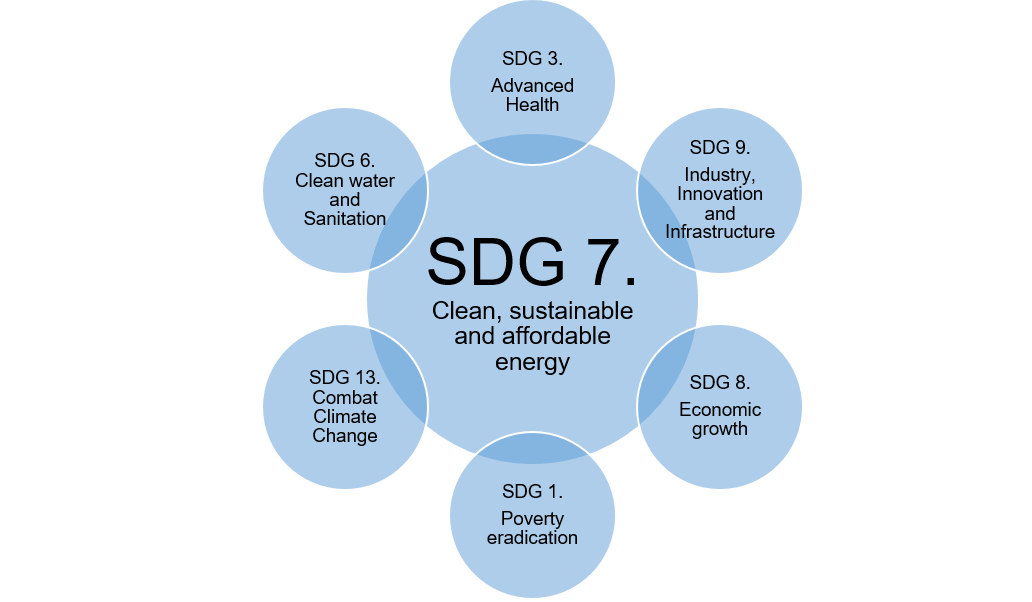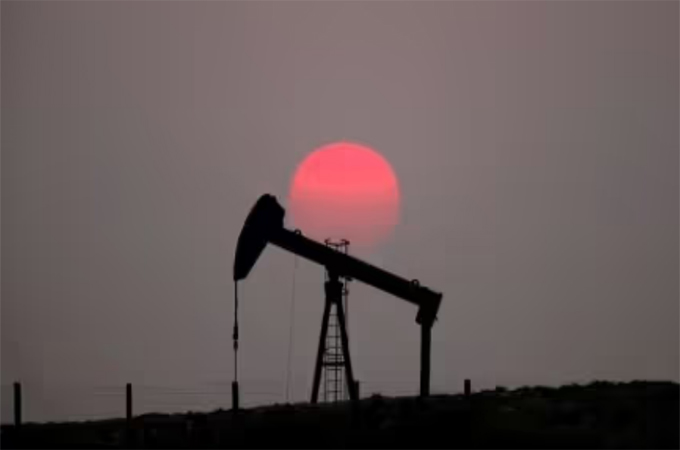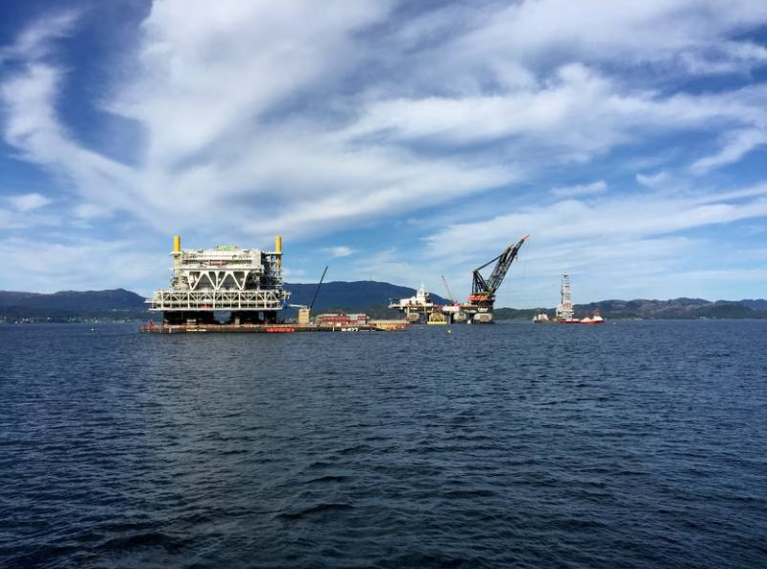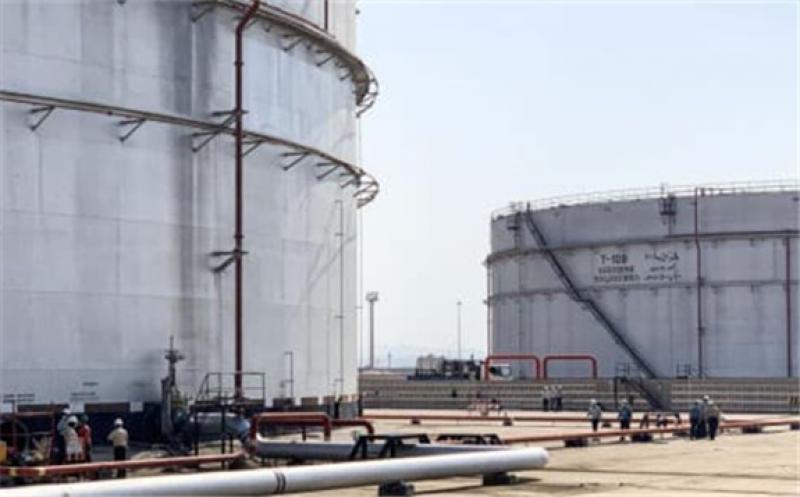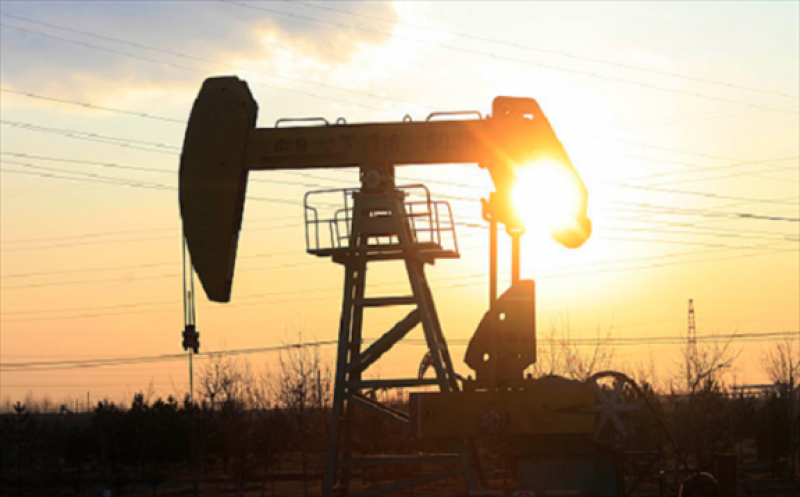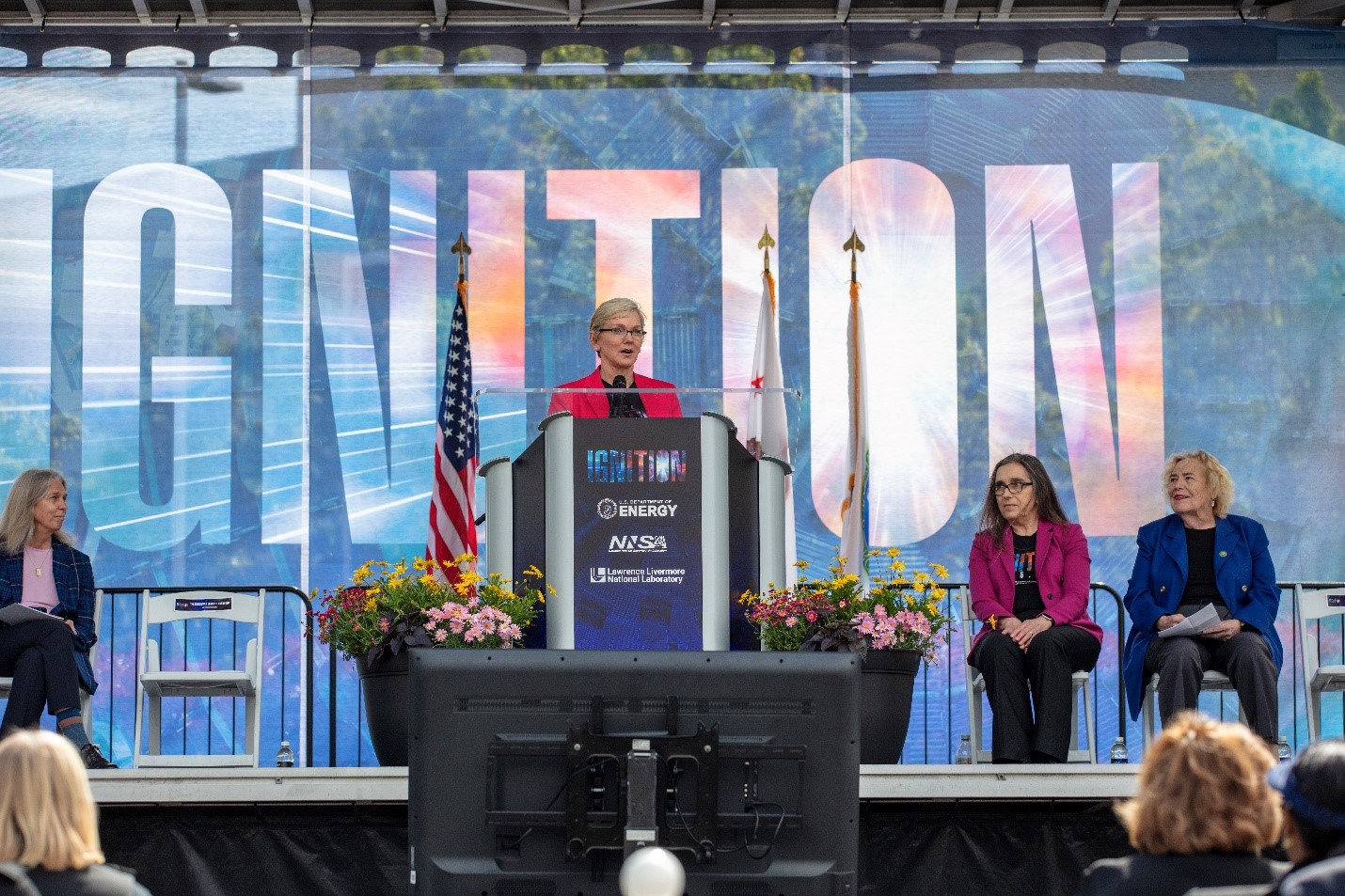
Energy secretary Jennifer Granholm addresses an audience of lab staff, dignitaries, and media at LLNL. (Photo: LLNL)
Lawrence Livermore National Laboratory hosted current and former staff, government officials, and media on May 8 to celebrate the lab’s achievement of fusion ignition at the National Ignition Facility (NIF) on December 5, 2022. Energy secretary Jennifer Granholm and undersecretary for nuclear security and National Nuclear Security Administration administrator Jill Hruby were in attendance, and Granholm took the opportunity to announce funding of up to $45 million to support inertial fusion energy (IFE) research and development. The Department of Energy’s Office of Science (DOE-SC) wants to establish multiple IFE Science and Technology Innovation Hubs (IFE S&T hubs), with total funding for 2023 of up to $9 million for projects lasting up to four years in duration.
In December 2022, LLNL announced that NIF had achieved scientific breakeven with a target gain greater than 1. The input of 2.05 megajoules (MJ) of laser energy heated a diamond-shelled, spherical capsule of deuterium and tritium to over 3 million degrees Celsius and yielded 3.15 MJ of fusion energy output, proving the scientific feasibility of inertial fusion. NIF, the largest and most energetic laser in the world, reached that achievement after 60 years of research and development in lasers, optics, diagnostics, target fabrication, computer modeling and simulation, and experimental design.
The time is right: A National Academies of Sciences, Engineering, and Medicine (NASEM) report—An Assessment of the Prospects for Inertial Fusion Energy—said in 2013 that “the appropriate time for the establishment of a national, coordinated, broad-based inertial fusion energy program within DOE would be when ignition is achieved.” That time has arrived.
Accordingly, while NIF and LLNL researchers have attempted but not yet achieved a NIF shot repeating or exceeding the results of December 5, that single ignition has been enough to stimulate R&D funding for IFE, consistent with the Energy Act of 2020 and the White House’s “bold decadal vision” for commercial fusion energy announced in March 2022.
To date, the U.S. inertial confinement fusion program has been supported by the NNSA. The DOE-SC’s new IFE program, within the office of Fusion Energy Sciences (FES), will address the science and technology research areas outlined in the recent Report of the 2022 Fusion Energy Sciences Basic Research Needs Workshop.
Objectives: The funding opportunity announcement Granholm announced on May 8—Inertial Fusion Energy Science & Technology Accelerated Research (IFE-STAR)—can be found on the DOE’s Funding Opportunities Announcements page.
At its core, IFE-STAR will consist of multi-institutional and multidisciplinary IFE S&T hubs that would “provide an IFE framework that leverages expertise and capabilities across national laboratories, academia, and industry.” Each hub would offer capabilities in target physics, driver technologies, target manufacturing and engagement, and experimental validation. Selected hubs will receive awards ranging from $2 million to $4 million per year, depending on the number of chosen applicants and available funds.
The objectives of this FOA are distinct from FES’s $50 million Milestone-Based Fusion Development Program, opened in September 2022, for funding applications from for-profit developers for fusion pilot plant designs making use of any confinement method—magnetic confinement, inertial confinements, or a hybrid approach. That funding opportunity closed to applications on December 15, 2022, and awardees have not yet been announced. However, the new IFE-STAR FOA notes that “IFE S&T hubs will be encouraged to dedicate a reasonable fraction of their time to collaborate with the projects under the FES Milestone-Based Fusion Development Program and with any current or future efforts associated with the Bold Decadal Vision.”
Sustaining NIF: NIF was designed and built beginning in the mid-1990s, so much of the facility is more than 20 years old, while some critical support facilities are housed in buildings approaching 40 years. According to LLNL, deferred maintenance, obsolescence, and aging issues are pushing NIF beyond its designed operating point, and that is beginning to affect performance. The machine and its sensitive components are also being taxed by the higher yield shots being performed today.
“NIF is a marvel of engineering, but it’s an aging marvel,” said NIF director Gordon Brunton in a May 10 LLNL post—the ninth in a series on the lab’s fusion breakthrough—that describes a plan to combat degradation. “We must prioritize restoring the workforce and facility to sustainably continue to maximize the recent outstanding results,” he continued.
To ensure that NIF continues to provide valuable data for science, fusion energy, and stockpile stewardship through its design lifetime of 2040, LLNL developed a five-year sustainment plan that has identified needed refurbishments and investments. Among the actions required are bringing on more staff, simplifying the removal and replacement of components, and building in more dedicated maintenance time between experiments for activities including replacing optics and upgrading the control and data system.

